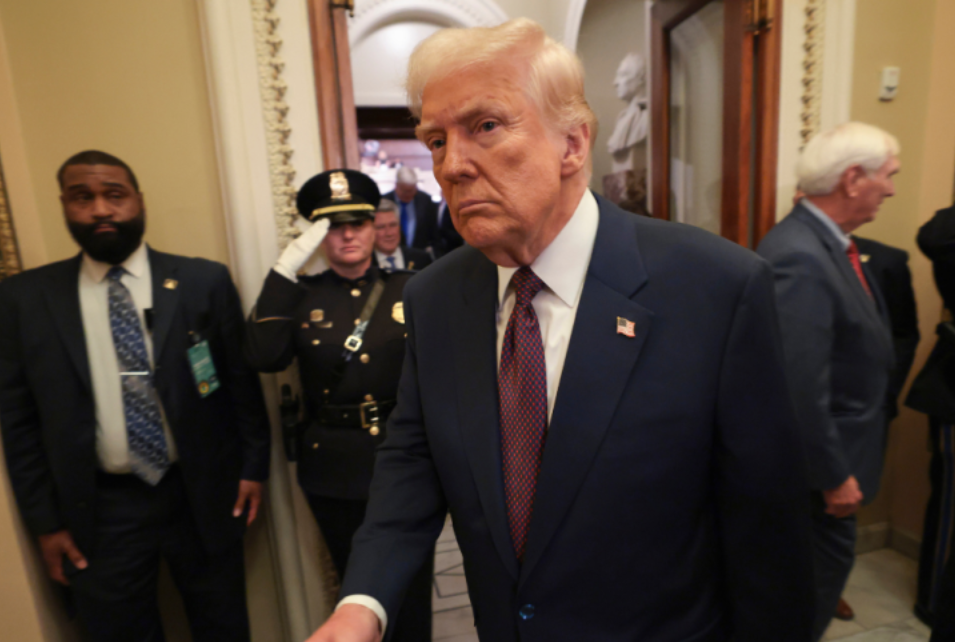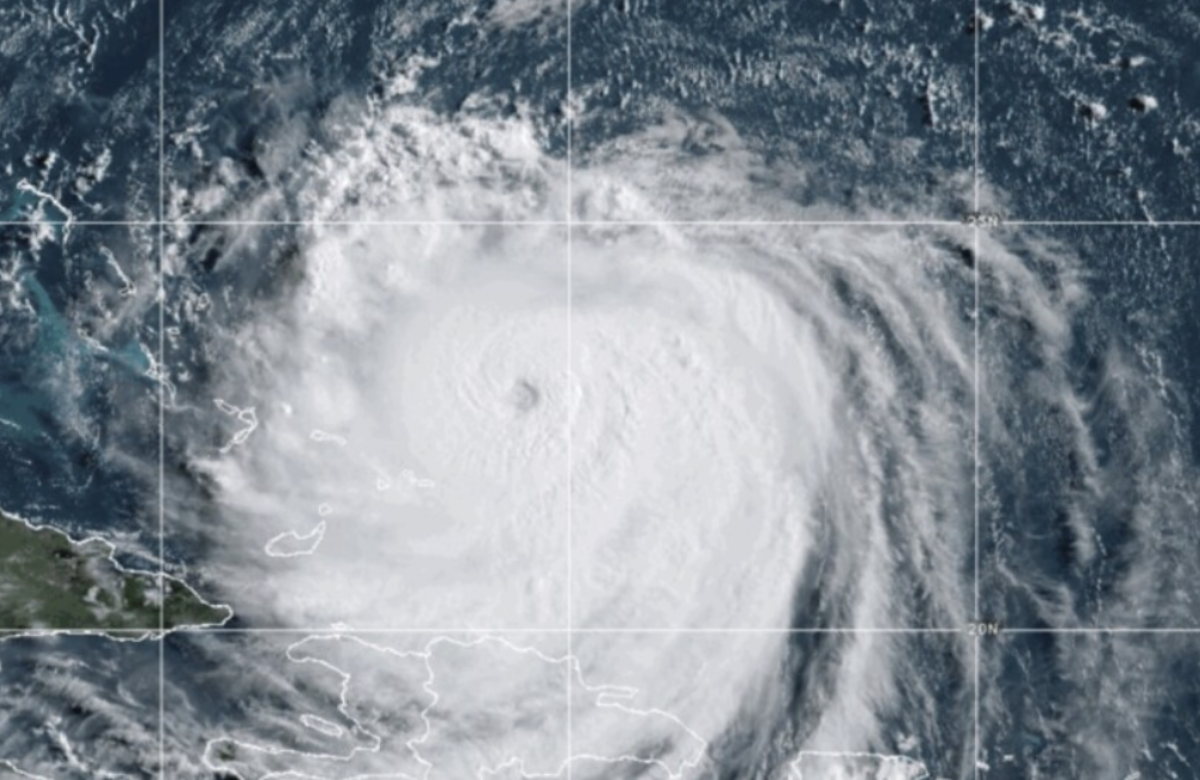President Donald Trump is set to sign an executive order on Thursday aimed at shutting down the U.S. Department of Education, a move in line with his campaign promise to eliminate the agency. The department has long been a target of conservatives, with Trump previously calling it wasteful and overly influenced by liberal ideology.
While the executive order signals Trump’s intention to dismantle the department, its complete closure would likely require an act of Congress, as the department was established by legislation in 1979.
According to a White House fact sheet, the order will instruct Secretary Linda McMahon to take all necessary actions to close the department and transfer education authority back to individual states. It also emphasizes the need to ensure that services, programs, and benefits relied upon by Americans continue without disruption.
The Trump administration has already taken significant steps to reduce the size and scope of the Department of Education. The agency’s workforce is being reduced by 50%, and there have been substantial cuts to key divisions, including the Office for Civil Rights and the Institute of Education Sciences, which collects data on the country’s educational progress.
Supporters of public education argue that dismantling the Department of Education would worsen the inequality in the American education system, ultimately leaving many children at a disadvantage. The National Parents Union condemned the move, stating, “This isn’t fixing education. It’s making sure millions of children never get a fair shot. And we’re not about to let that happen without a fight.”
The White House has not clearly outlined which specific functions of the department would be transferred to other agencies or abolished entirely. During her confirmation hearing, Secretary McMahon pledged to protect key initiatives, such as Title I funding for low-income schools and Pell Grants for college students in need. She emphasized that the administration’s goal was to create “a better functioning Department of Education.”
The Department of Education allocates billions of dollars annually to schools and manages $1.6 trillion in federal student loans. A significant portion of the agency’s work involves overseeing financial resources, including its vast student loan portfolio and various aid programs for colleges and school districts. These programs range from providing school meals to offering support for homeless students. Additionally, the department plays a crucial role in enforcing civil rights protections.
Although federal funding constitutes only about 14% of public school budgets, it is vital for supporting supplemental programs aimed at helping vulnerable students, such as the McKinney-Vento program for homeless children and Title I for low-income schools.
Colleges and universities heavily rely on federal funding, including research grants and financial aid that help students cover tuition costs.
For decades, Republicans have discussed eliminating the Department of Education, arguing that it wastes taxpayer money and imposes unnecessary federal control over decisions that should be made by states and schools. This idea has gained momentum recently, especially as conservative parent groups demand more influence over their children’s education.
Trump made a campaign promise to close the Department of Education, stating that it should be returned to the states. He has criticized the department as a hub for “radicals, zealots, and Marxists,” accusing it of overreaching through regulations and guidance.
Despite this, Trump has also relied on the Education Department to support parts of his agenda, such as using the Office for Civil Rights’ investigative powers and threatening to withhold federal funding from schools and colleges that defy his orders on issues like transgender athletes in women’s sports, pro-Palestinian activism, and diversity programs.
Some of Trump’s supporters have questioned whether he can close the department without Congressional approval, and there are concerns about its political feasibility. In 2023, the House considered a proposal to shut down the department, but 60 Republicans joined Democrats in opposing it.
During Trump’s first term, former Education Secretary Betsy DeVos attempted to slash the department’s budget and suggested that all K-12 funding be consolidated into block grants, giving states more control over how federal money is spent. However, her proposal faced significant opposition, even from some Republicans.















